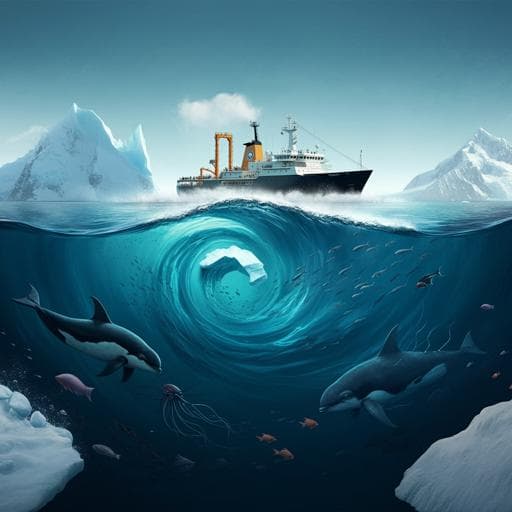
Environmental Studies and Forestry
The influence of Antarctic governance on marine protected areas in the Biodiversity Beyond National Jurisdiction Agreement negotiations
E. S. Nocito and C. M. Brooks
Explore how the Commission for the Conservation of Antarctic Marine Living Resources (CCAMLR) shaped the Biodiversity Beyond National Jurisdiction (BBNJ) Agreement negotiations with insights gathered by Emily S. Nocito and Cassandra M. Brooks. Discover the impact of marine protected areas and the nuances of decision-making processes revealed through ethnographic research.
~3 min • Beginner • English
Related Publications
Explore these studies to deepen your understanding of the subject.







